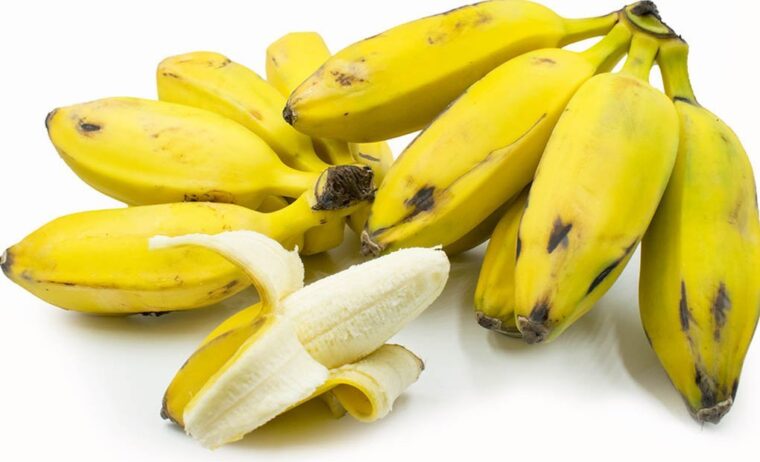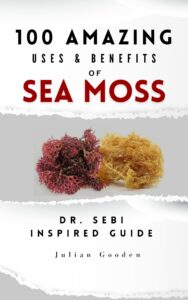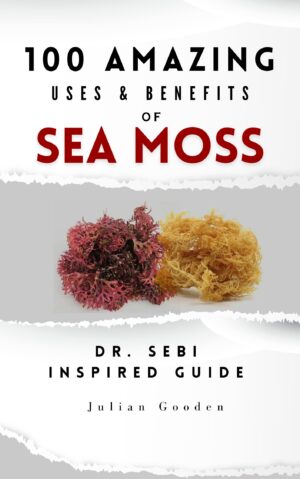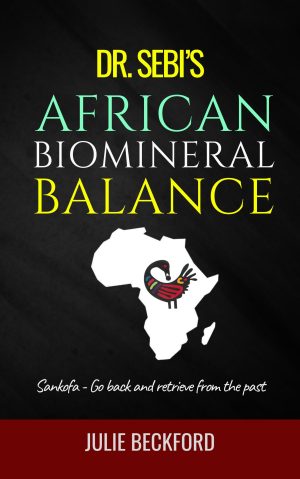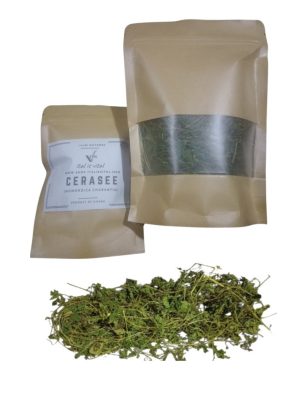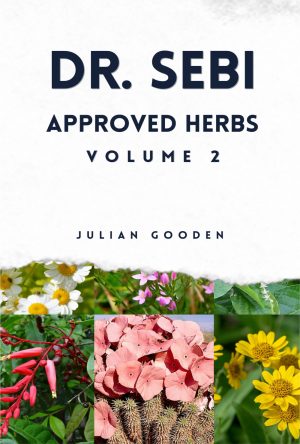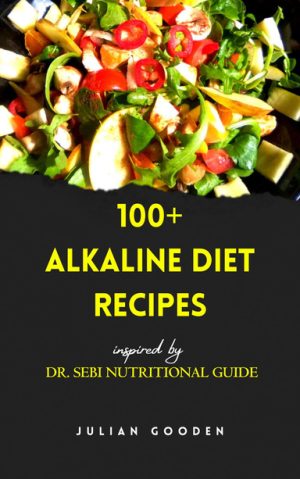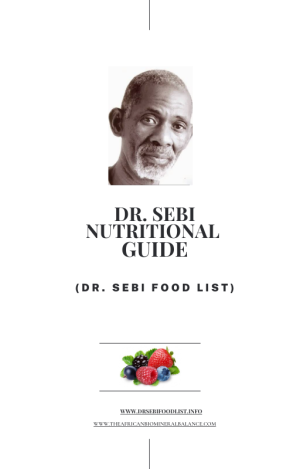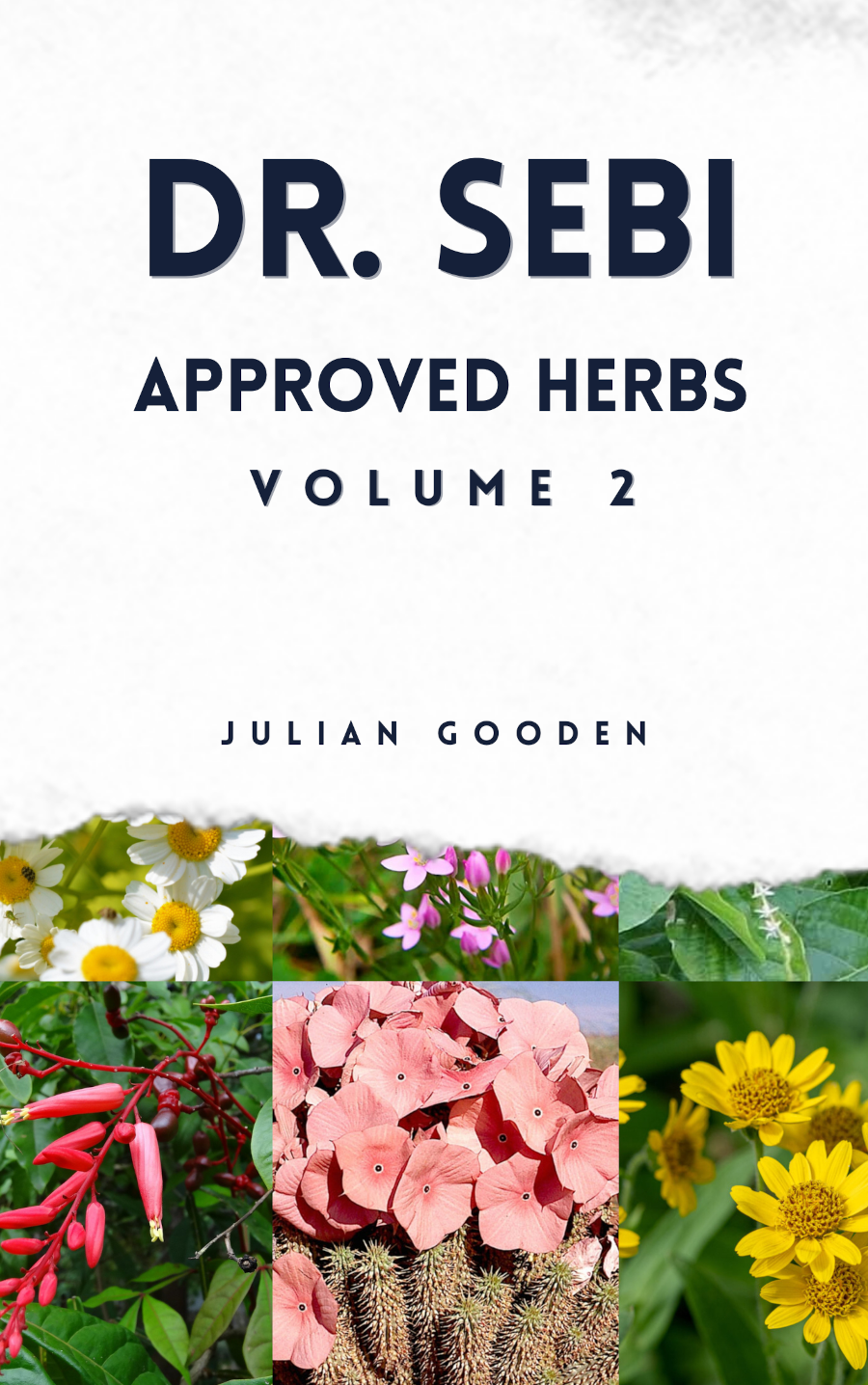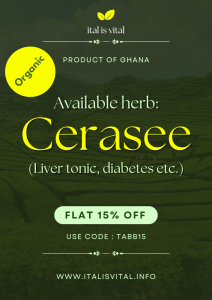Dr. Sebi discouraged the consumption of the common Cavendish banana because it is a hybrid, seedless, and starchy fruit that he believed lacked natural energy and life-giving properties. He instead recommended more natural banana varieties, including the Burro banana and a little-known type he called “Chata Senisa.”
Why Cavendish Bananas Were Rejected
- Hybrid and seedless: Lacks reproductive ability and full genetic structure.
- Mucus-forming: High in starch and sugar, which Dr. Sebi linked to disease.
- Low in minerals: Especially iron, which he emphasized for rebuilding the blood.
- Lacks electric energy: Doesn’t support the body’s bio-electric nature.
Recommended: Burro Banana
- Shorter, squarer shape
- More iron and fiber
- Less sugary, more nutrient-rich
- Sometimes contains tiny undeveloped seeds, but no large, hard seeds
The Mystery of “Chata Senisa”
Dr. Sebi mentioned a banana called Chata Senisa, but it’s not listed in modern banana taxonomies. However, linguistic and historical clues provide insight:
- “Chata”: In Honduras, a fruit called chata refers to short, flat bananas or plantains, described as being fatter and starchier, with a taste between a banana and a plantain. Chata in Spanish means flat.
- “Senisa” (or “Ceniza”): A nursery record mentions a fruiting banana called Senisa in a Mexican context. It’s also the name for Texas Sage, an unrelated shrub—adding to the confusion.
- There is no direct match for “Senisa” as a banana species today, but it may refer to a local or heirloom banana variety no longer widely cultivated.
True Seeded Bananas (For Reference)
These wild bananas have large, hard seeds and are not eaten raw:
- Musa balbisiana
- Musa acuminata (wild form)
- Musa schizocarpa
- Musa textilis (grown for fiber, not food)
Summary Table
| Banana Type | Seeds | Notes |
|---|---|---|
| Cavendish | No | Commercial hybrid, nutrient-poor |
| Burro | Tiny specs | More natural, approved by Dr. Sebi |
| Chata Senisa | Unknown | Possibly local, traditional banana |
| Wild bananas | Large seeds | Not eaten; ancestral banana species |
Types of Bananas
Here’s a breakdown comparing wild seeded bananas, less hybridized varieties like Burro, and modern hybrids like Cavendish, including a list of true seeded banana species.
Types of Bananas: Seeded vs. Hybrid
| Type | Seeds? | Edibility | Notes |
|---|---|---|---|
| Wild Bananas | ✅ Large, hard seeds | ❌ Not palatable | Ancestral species; not cultivated for eating due to hard seeds |
| Burro Banana | ⚠️ Vestigial (tiny) seeds | ✅ Yes | Less hybridized; more mineral-rich; firmer, slightly tangy taste |
| Cavendish Banana | ❌ No real seeds | ✅ Yes | Most commercial banana; high sugar, low minerals, fully hybrid |
Here’s a breakdown comparing wild seeded bananas, less hybridized varieties like Burro, and modern hybrids like Cavendish, including a list of true seeded banana species.
Types of Bananas: Seeded vs. Hybrid
| Type | Seeds? | Edibility | Notes |
|---|---|---|---|
| Wild Bananas | ✅ Large, hard seeds | ❌ Not palatable | Ancestral species; not cultivated for eating due to hard seeds |
| Burro Banana | ⚠️ Vestigial (tiny) seeds | ✅ Yes | Less hybridized; more mineral-rich; firmer, slightly tangy taste |
| Cavendish Banana | ❌ No real seeds | ✅ Yes | Most commercial banana; high sugar, low minerals, fully hybrid |
True Seeded Banana Species (Wild)
These are the original, ancestral species of banana, used in breeding programs to create modern hybrids. They have large, hard seeds and are not eaten raw.
1. Musa balbisiana
- Native to: Southeast Asia
- Seeds: Large and hard
- Taste: Bitter/astringent; inedible raw
- Notes: One of the two wild ancestors of most edible bananas.
2. Musa acuminata (wild form)
- Native to: Southeast Asia
- Seeds: Many seeds in wild forms
- Notes: Another ancestral banana; domesticated forms were selected to reduce seeds.
3. Musa schizocarpa
- Native to: Papua New Guinea and Indonesia
- Seeds: Large seeds; wild banana
- Notes: Sometimes used in banana breeding programs.
4. Musa textilis (Abacá)
- Seeds: Yes, though it’s mainly cultivated for fiber
- Edibility: Not consumed for fruit
Why Wild Bananas Aren’t Commonly Eaten
- Hard seeds make them impractical to eat.
- Many are not sweet, and the flesh-to-seed ratio is low.
- They’re primarily used in breeding and genetic research.
Less-Hybridized Edible Alternatives
1. Burro Banana (Orinoco)
- Slightly tangy, high in minerals
- Shorter and squarer shape
- No hard seeds, but closer to wild types
2. Red Banana
- Sweeter, denser than Cavendish
- Higher in “ascorbic compound” and beta-carotene
3. Apple Banana (Manzano)
- Sweet, apple-like flavor
- Smaller and more natural than Cavendish
These aren’t fully wild, but they are closer to natural varieties—some may have rudimentary seeds, though not large or hard.
Dr. Sebi’s Reasoning (Recap)
- He taught that seeded, wild, and electric foods were more alkaline, mineral-rich, and life-supporting.
- Cavendish bananas, though convenient, are sterile clones with no real seeds, and are mucus-forming, hybridized, and nutrient-deficient.
- He approved Burro bananas because of their closer alignment with natural plant design.
References:
- Dr. Sebi interviews and lectures
- Tuong, Vu Dang & Vu, Dang Toan & Janssens, Steven & Langhe, Edmond & Le, Loan & Kallow, Simon & Mertens, Arne & Vu, Thi & Nguyen, Thanh. (2022). Descriptor wild banana. Genetic Resources and Crop Evolution. 70. 10.1007/s10722-022-01442-2.
- Hastuti, Hastuti & Purnomo, & Sumardi, I. & Daryono, B.. (2019). Diversity wild banana species (Musa spp.) in Sulawesi, Indonesia. Biodiversitas. 20. 824-832. 10.13057/biodiv/d200328.


